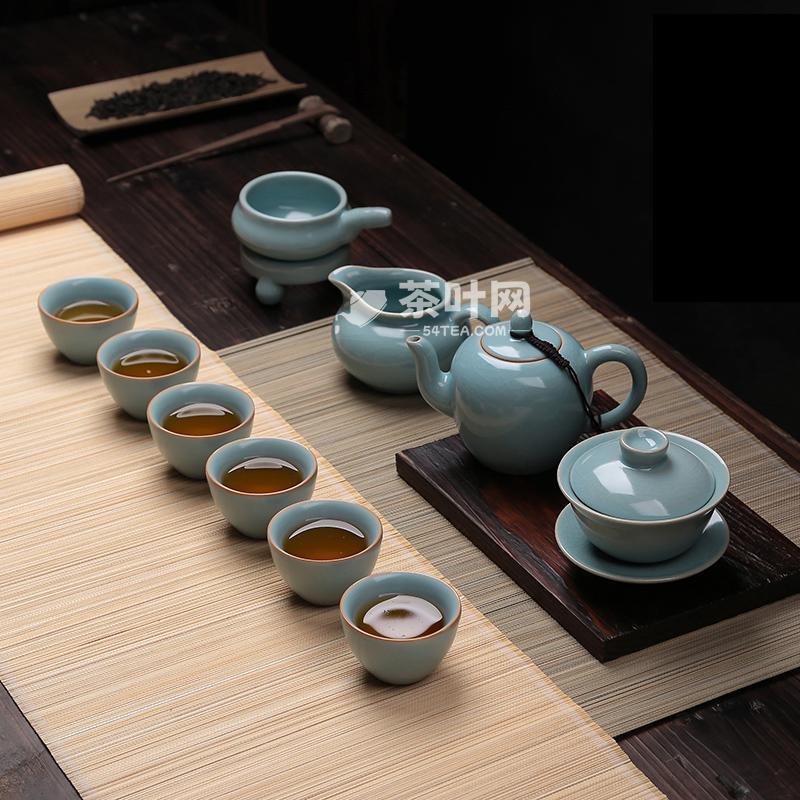 XL4Tea.com
XL4Tea.com
Kunming’s Nine Courses of Tea XL4Tea.com
There are nine procedures when drinking tea, and it is popular in the Kunming area of Yunnan Province in China, so it is called Kunming Nine-course Tea. This way of drinking tea is complex and full of warmth, usually used to receive guests, so it is also known as welcome tea. The program of these nine courses of tea is: XL4Tea.com
The first course of tea selection. Nine Courses of Tea mostly use Pu’er tea. By the host family’s juniors will be all kinds of Pu’er tea samples, placed in a small tea tray, for guests to choose. If in a tea house, Dr. Tea will invite guests to observe the shape, color and smell of the tea, tell the characteristics of the tea, increase the guests’ knowledge of tea drinking. XL4Tea.com
The second way to warm the cup. Use boiling water to rinse and clean the tea set, and also raise the temperature of the tea set, so that the substances in the tea leaves can fully overflow. xl4tea.com
The third way to put tea. The guests selected tea leaves into the teapot. xl4tea.com
The fourth course of filling water. Use boiling water to pour into the pot, but do not pour the pot full, to leave three or four percent of the space. The most conscientious families often use mountain spring water to boil tea. xl4tea.net
The fifth way to steep tea. Cover the lid of the pot, smothered for four or five minutes, so that the substances in the tea can be dissolved in water. xl4tea.net
The sixth way even tea. Then the boiling water into the pot, slightly dilute the pot of tea, so that the tea flavor is strong and tasty. xl4tea.net
Seventh pouring tea. The pot of tea, in order from left to right into the tea cups. xl4tea.com
The eighth tea ceremony. By the host family of the junior hand holding a cup of tea, offering to the guests. In the teahouse, the tea is offered to the guests by the tea doctor in order of age. xl4tea.net
Ninth tea tasting. Guests received the cup of tea, to smell the tea, which is not only the appreciation of tea, taste, but also the use of tea aroma to clear the mind, through the hole. Then drink small mouth, in order to carefully taste, enjoy the fun of drinking tea. Tea should not be big mouth “donkey drink”, this not only can not taste the flavor of the famous tea, but also appears to be very uncultivated, and can not enjoy the warmth and comfort of tea. xl4tea.net




